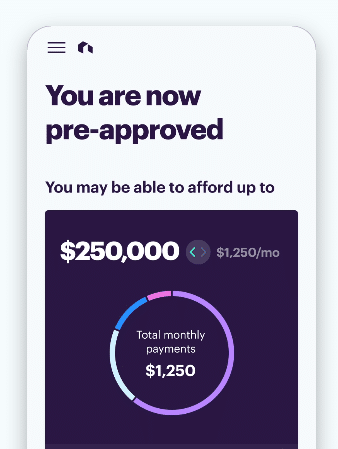Why Investors Are Buying Bank Secondary Offerings: A Look at the Math
Are these secondary stock offerings from many of the 19 largest banking companies in the nation good deals for investors?
This question has been troubling me lately. Why are investors seemingly interested in investing in the very banks that have suffered so mightily from the recession? What is the investment thesis?
To find out, I looked at one offering in particular – SunTrust Banks Inc.’s secondary offering that is expected to price tomorrow – to better understand what investors are looking at, and whether these secondary offerings are a good deal.
First, let’s consider the overall investment thesis. The American Banker the other day published a fine overview on why investors are even interested in buying additional stock in banks (some of which are effectively insolvent if not for the US government’s aid). The central counterbalance to any secondary offering is dilution. Or to put it another way, does the price discount per share compensate for the impending dilution of the secondary offering? In the case, of the Tarp-ed banks like SunTrust, the conversion of the government’s preferred shares to common shares helps cure the dilution problem.
In the words of the American Banker:
Observers said that converting preferred shares at a discount to par provides a bigger offset to dilution. Under accounting rules clarified this year by the Financial Accounting Standards Board, the discount embedded in the exchange can add to the net income available to common shareholders. That could prove beneficial to bankers who are selling common stock or shedding assets to further bolster capital levels. The discount does not filter into the income statement and would not pad retained earnings or capital levels.
So, does this math work out for SunTrust? In short, yes. SunTrust is looking to sell 108 million shares for $13 a pop. The bank currently has about 357 million shares outstanding. With the stock trading today at around $16.46 a share this afternoon (the price has been climbing over the last couple of days), the pure dilution – assuming no benefit from the preferred-stock conversion – would put the stock price at around $12.64 per share. That means the $13 price per share is probably a bit rich, if you just think about the dilution.

Wait, that’s not all. When you look at the consensus price estimate for SunTrust stock, the mean forecast is $18. Now, the preferred conversion starts looking a bit better. That $18 a share forecast gets diluted down after the secondary offering to $13.81 a share. Add in the benefit from the preferred conversion and you are at a price of $13.93 per share, which would provide a healthy 7.1% naked return on the proposed $13 offering price.
Of course, you have to buy into the $18 per share price target. Should you? Well, that is a much tougher question, and I don’t think I can answer that fully. Instead, I looked at SunTrust’s credit-loss allocation versus the estimates for forthcoming credit losses. Today, in fact, Moody’s Investors Service forecast that 8% of all loans will default in 2009-2010. Last quarter, SunTrust’s loss allowance covered 2.21% of its total loans outstanding. When pulled out to the full year, that ratio implies that SunTrust will end up overallocating(!) for credit losses in 2009 by about $1 billion. Before you start adding that back to the share price, remember that SunTrust’s banking footprint is largely the Southeast, where the recession is particularly harsh.
When you boil it all down, the overallocation probably gets washed out by the severity of the recession in SunTrust’s footprint. Without that add-back to the share price, you are back to the assessment of dilution vs. preferred-share conversion vs. price estimate. Me? I’d stick to the math on pure dilution, which implies the offering price should be lower than $13 per share. But you don’t have to stretch your intellect too hard to come up with a thesis for SunTrust finding a bit more growth later in 2009, when the recession ends. And if your forecast for SunTrust’s stock (pre-dilution) is anywhere north of $17 a share, you are probably going to be in the money on the $13 offering price. I just checked SunTrust’s stock price and it is at $16.57 a share now – just $0.43 from the magic number.
Now you know why investors are buying into these secondary offerings.











